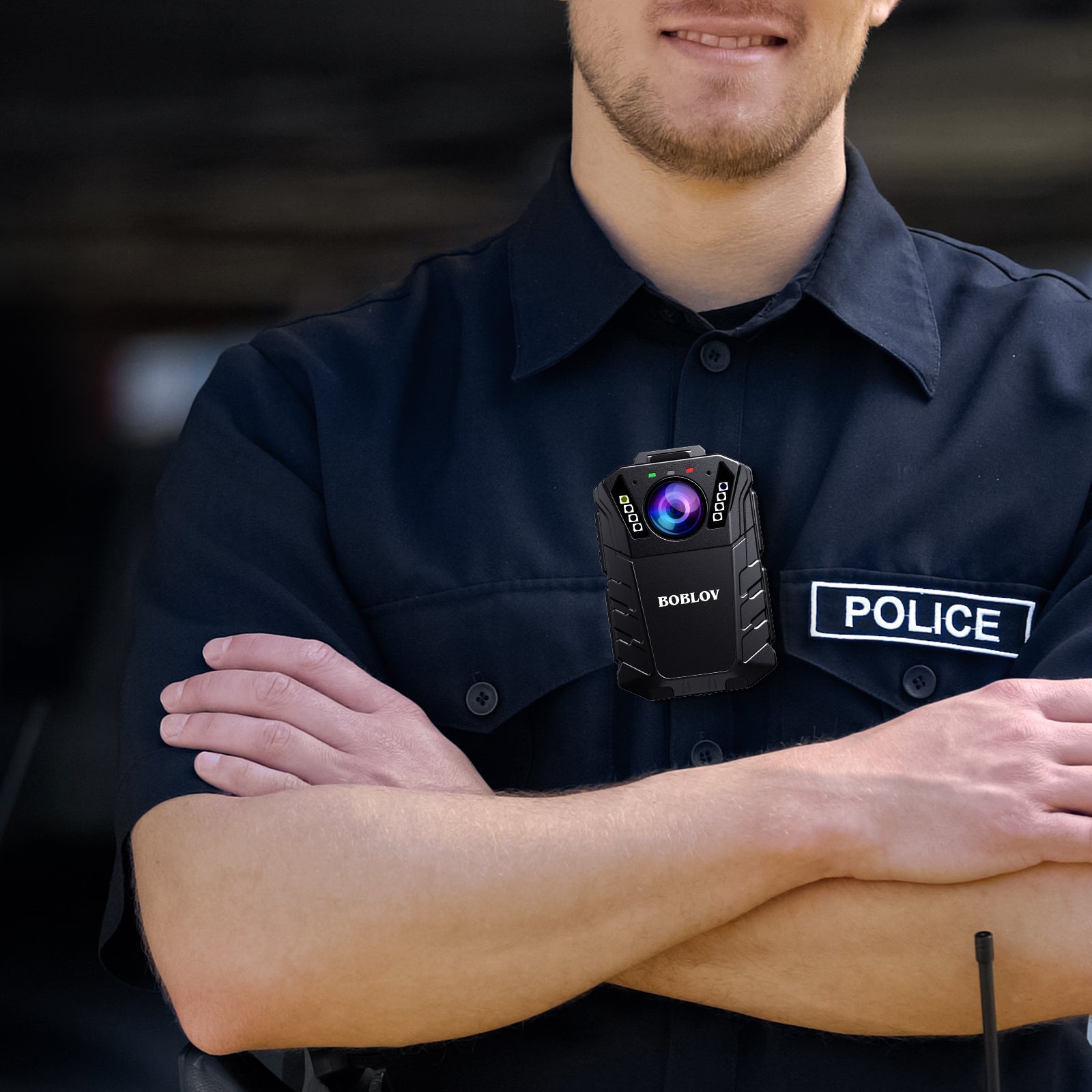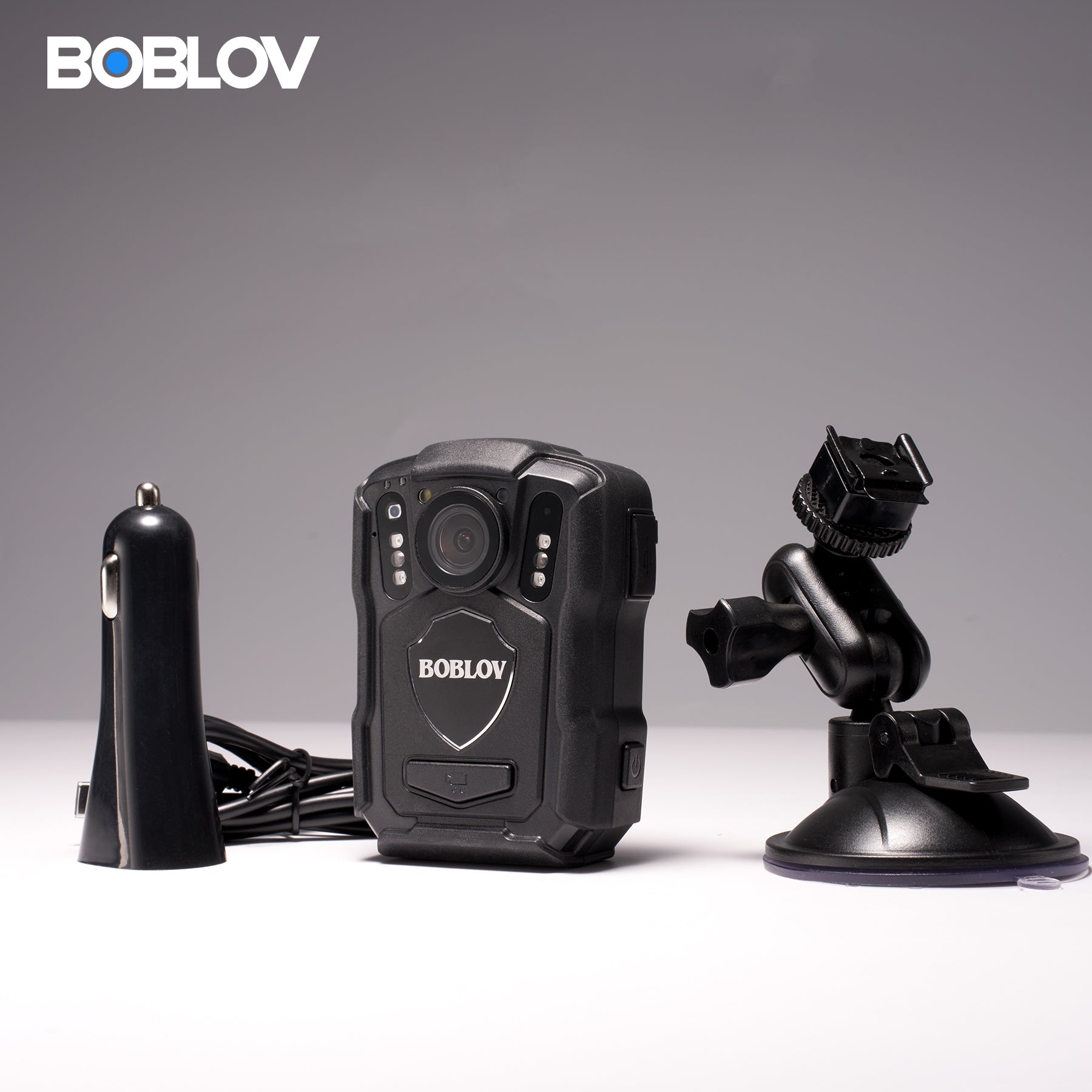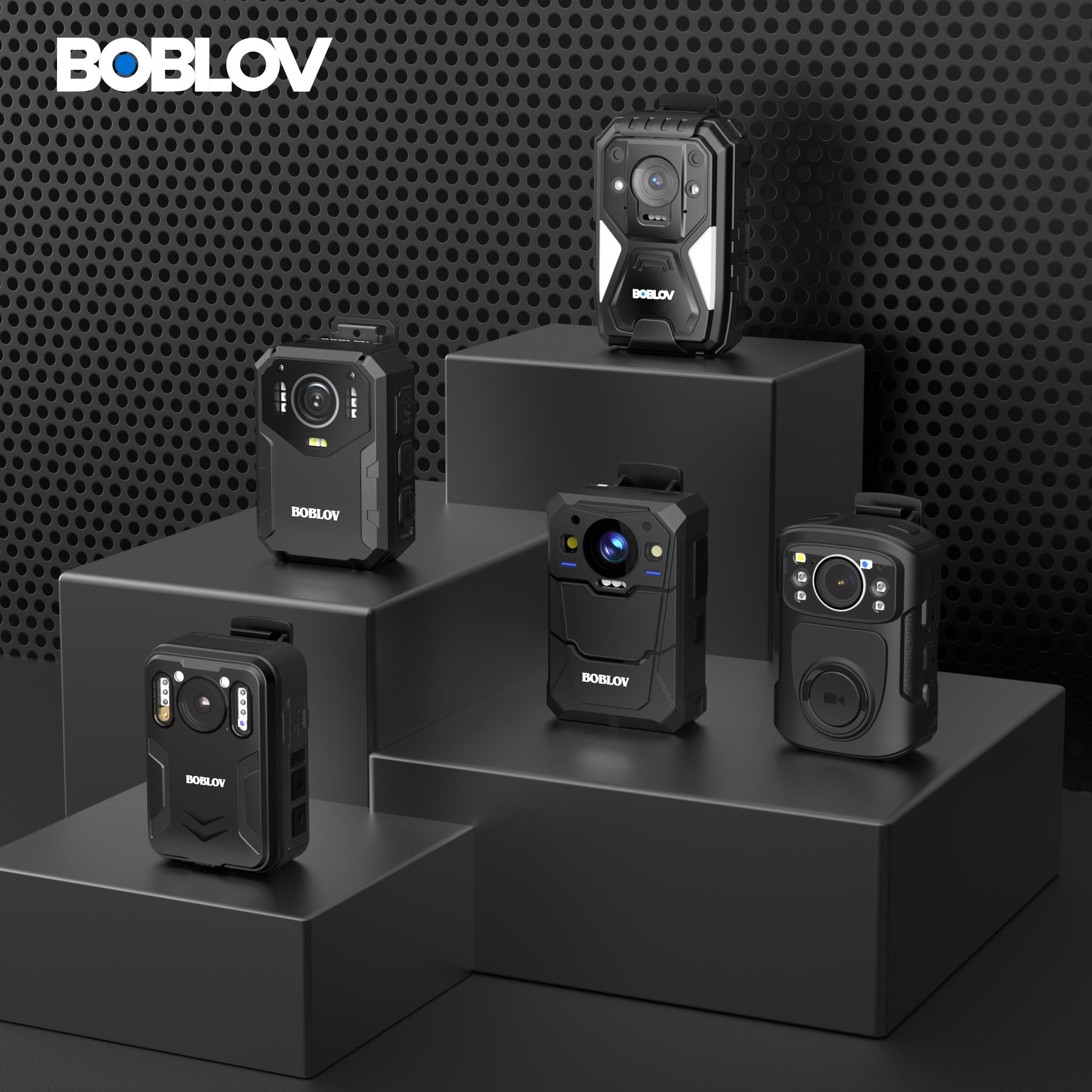Introduction to Bodycams in Modern Law Enforcement
The Historical Development of Bodycams
The use of bodycams marks a significant shift in policing. Their roots trace back to small, early efforts aimed at improving accountability. In the United States, the first significant steps toward adopting bodycams began in the late 2000s. Early models were basic, lacking the sophisticated features we see today. Police departments tested bodycams to address public concerns over transparency and officer conduct. As technology advanced, so did the bodycams, becoming more potent tools for law enforcement. Today, the impact of these devices is evident in various aspects of policing, from evidence gathering to officer training.
Legal Context and Ethical Considerations
The use of bodycams in law enforcement has raised complex legal and ethical issues. Privacy concerns are paramount, as bodycams can capture sensitive data. There are debates over when officers can record and who can access the footage. Also, the use of this footage in courts plays a crucial role in how bodycam evidence is perceived and utilized. Laws regulate retention periods, public disclosure, and the balance between transparency and privacy. The goal is to ensure bodycams serve justice without infringing on rights.
Technological Advancements in Bodycam Equipment
Innovations in Image Quality and Data Analysis
Bodycam technology has seen vast improvements in image quality. High-definition (HD) video is now standard in modern bodycams. This ensures that details are captured clearly, even in low light. Advanced video compression techniques allow for storing more footage without losing clarity. Cameras such as the Boblov body camera provide crystal-clear images which are crucial during evidence review. Data analysis has also evolved with the use of artificial intelligence (AI). AI algorithms help in identifying patterns and behaviors within footage. This can speed up the review process and aid in investigations. As a result, Boblov cameras and other brands are increasingly sought after, with cops body cam for sale seeing high demand. Modern bodycams are not just recording devices; they're smart tools for law enforcement.
Integration with Other Law Enforcement Tools
The integration of bodycams with other tools has enhanced law enforcement capabilities. Here's how:
- Bodycams can now sync with in-car video systems. This gives a broader view of incidents.
- Real-time GPS tracking on these cameras helps in coordinating responses.
- Footage from bodycams can directly upload to cloud storage. This makes data accessible and secure.
- Facial recognition tech is being added to some models. It can aid in identifying suspects quickly.
- Bodycams are becoming compatible with communication systems. Officers can stream live footage.
Each innovation has helped officers do their jobs better. And in the future, these tools will likely get even more advanced.
Impact and Future Prospects of Bodycams in Law Enforcement
Analyzing the Effectiveness of Bodycams in Crime Prevention
Bodycams have become a crucial tool in modern policing, aimed at enhancing transparency and accountability. Studies indicate that bodycams can reduce the incidence of use-of-force events and complaints against officers. For instance, a study from the Rialto Police Department reflected a 60% decrease in use-of-force incidents when officers wore bodycams. Likewise, complaints against officers saw an 88% drop in the same period. These findings suggest that bodycams have substantial potential in de-escalating confrontations and improving civilian interactions. The presence of body-worn cameras seems to encourage both law enforcement and citizens to behave more responsibly, knowing their actions are recorded. Moreover, the recorded footage serves as evidence that can either corroborate or refute claims made during an incident. As bodycam technology evolves, its role in crime prevention may expand, with improvements such as live-streaming capabilities and advanced analytics driving even greater impact.
The Future of Bodycam Technology and Law Enforcement Training
The trajectory of bodycam evolution promises to reshape law enforcement training. Future advancements are poised to include AI-powered analysis for real-time insights. Integration with virtual reality for immersive training scenarios may also emerge. Furthermore, as the technology progresses, bodycams could feature advanced biometric recognition. All these innovations could enhance how officers respond to complex situations. Adapting to bodycam tech will be crucial for policing in the 21st century.




